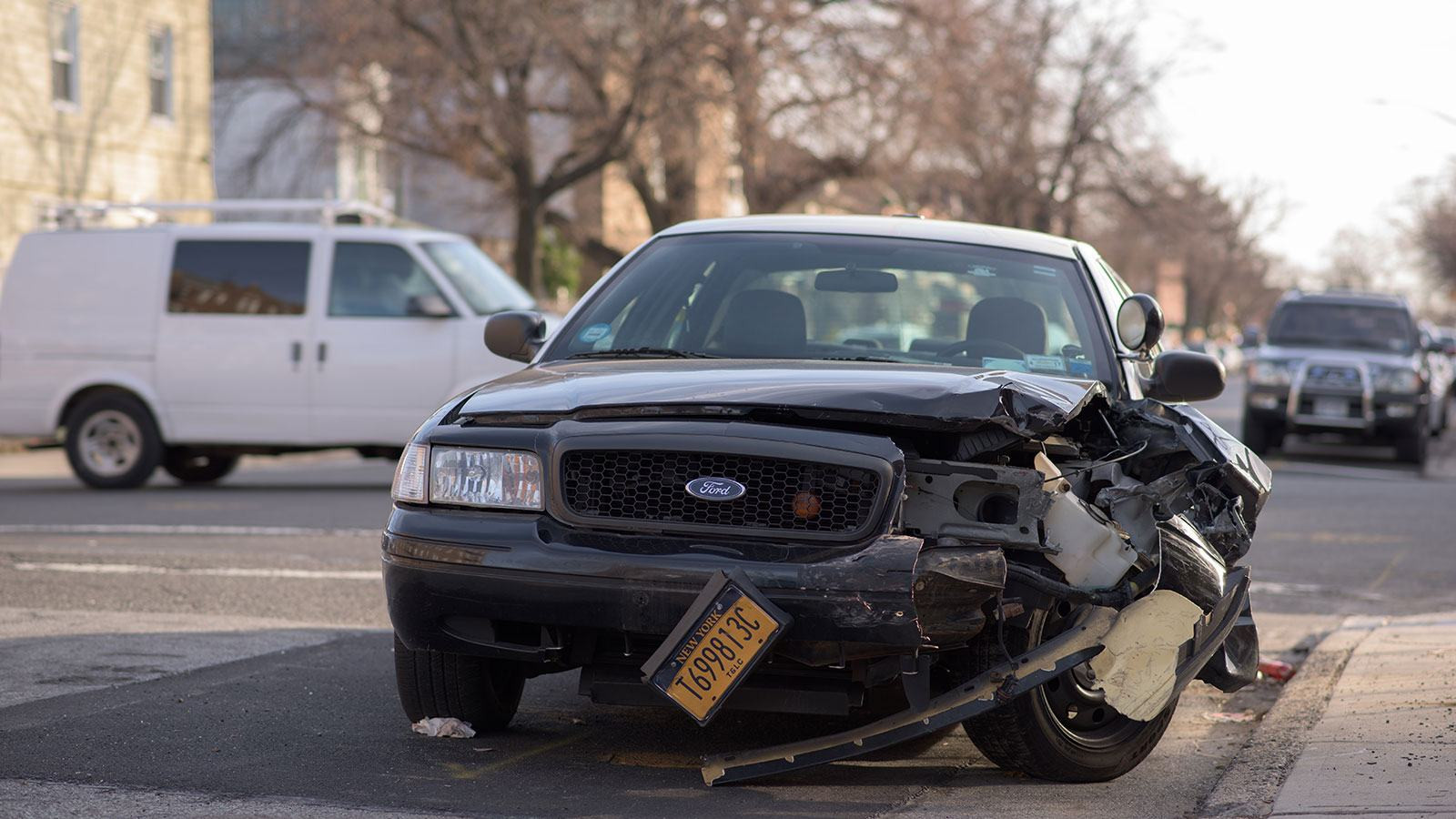On behalf of Marquardt & Belmonte, P.C. posted in Car Accidents on Wednesday, December 25, 2019.
Another driver causes a car accident. You head to the hospital with serious injuries. While you know that driver didn't cause the accident on purpose, you still feel like it was 100% their fault.
Legally speaking, this could mean that the driver was negligent. They did not take specific action to cause you harm, but they made avoidable errors that led to the same end. They could legally be at fault due to this negligence.
To show that someone was negligent, consider the four main elements:
- Duty: That driver had a legal duty to offer you a safe road on which to drive, and they did not do so. All drivers are bound by the duty to follow the law and avoid accidents.
- Breach: The driver then breached this duty through either action or inaction. For instance, maybe they neglected to leave a long enough following distance and so they rear-ended your car.
- Causation: Because of the breach of duty, they directly caused your injuries. In other words, the reason you ended up in the hospital was that you got hurt in the crash, not because of pre-existing conditions or injuries.
- Damages: That injury led to specific damages. You suffered a physical injury, endured pain and suffering that wouldn't have happened otherwise, lost wages when you couldn't return to work and had to pay high medical bills for emergency treatment.
Negligence is very common in auto accidents. People make mistakes every day and put others in the hospital. If this happens to you, then you need to know how to seek out financial compensation.

